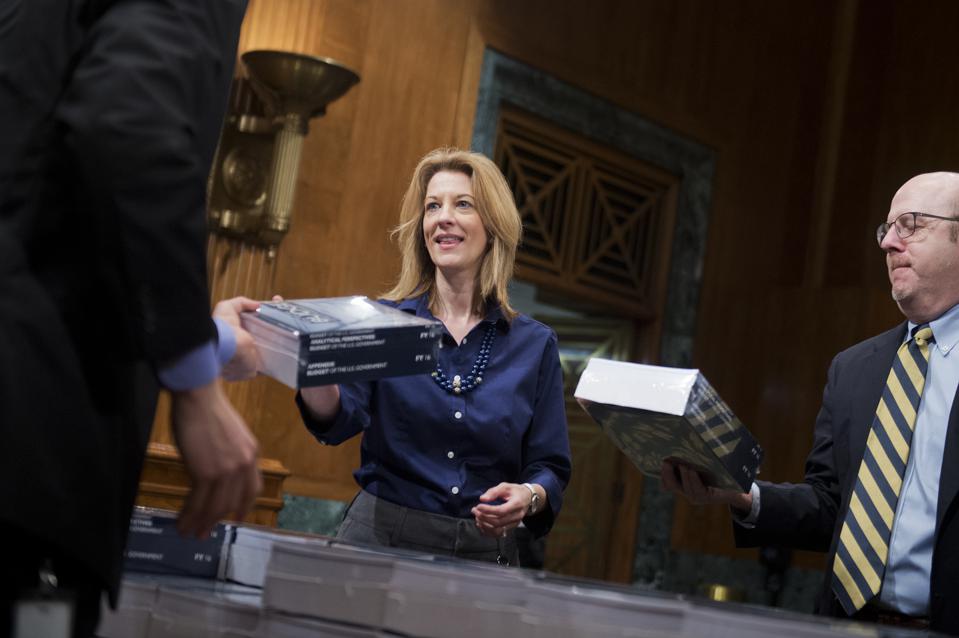(This item originally appeared at Forbes.com on August 31, 2020.)
I have written a couple of items about “modern monetary theory,” but I wanted to make things somewhat simpler. Basically, most of the claims of “modern monetary theory” are true; and, we are already doing them. We’ve been doing them for the last fifty years, and more. If that’s the case, what’s the point of MMT? The point — this is pretty common in economics — is to provide a justification to do something silly, since its hard to justify silly things if you named things in plain terms. So, you have to baffle people with borcht schnitz.
There is a very long history of this in economics. Much of Keynesianism since the 1930s boils down to “yadda yadda yadda, and so you can spend a ton of money whoopee!” Politicians love this, especially when there is a recession and they are not too popular. After nearly a hundred years of this, we have discovered that wasteful government spending during a recession bears a close resemblance to wasteful government spending at all other times. This hasn’t mattered much: Politicians don’t understand Keynesianism, but they do understand that spending money makes them a lot of new friends, and that is all they need to know.
Economists don’t understand much either, but they understand that spouting Keynesian nonsense makes them a lot of friends in government, and that is all they need to know.

The Federal Reserve’s job is to provide the economy with enough money; but, not too much. In the past, this job was accomplished via the gold standard system, which worked as the “thermostat” of the system. This was highly effective. Since 1971, the Federal Reserve has been making it up as they go along. This hasn’t worked so well. But, nevertheless, the general idea is to avoid having too little money (this can be needlessly recessionary) and also too much (needlessly inflationary).
The Federal Reserve does this by buying and selling assets; mostly, government bonds. When the Federal Reserve buys government bonds, these disappear from the normal market. The Federal Reserve then (supposedly) remits the interest payments back to the Treasury. This effectively makes the bond disappear. In this way, the Federal Reserve effectively finances the government with the printing press, to the degree that it holds bonds on its balance sheet. The Federal Reserve can also “unprint” money by selling bonds from its balance sheet. This makes them “un-disappear.” The money that the Federal Reserve receives in payment for its bonds disappears, shrinking the overall money supply.
Thus, the Federal Reserve today, and for decades now, has accomplished all the promises of Modern Monetary Theory. It finances the government with the printing press. But, if inflation threatens to get out of hand, the Fed stops buying bonds, and may even sell some, in this way taking some excess money out of circulation.
The key is, this process is divorced from the Congressional and Treasury budgeting process. Nobody gets to say: “We want to spend money on this program, so go and print some money for us.”
In the past, the Treasury and Congress did this. The result, every time, was that too much money was printed, with inflationary consequences. This was usually during wartime. It happened in the Civil War, World War I, and World War II. It was implicated in the process by which the Bretton Woods system blew up in 1971. It happened to the Continental Congress, whose Continental dollar collapsed in hyperinflation during the 1780s. It happened, again and again, among all the Colonies for nearly a hundred years, from 1690 to 1789.
Today, the MMT people say that we can finance this and that new program — basically, Bernie Sanders’ wish list — with the printing press. And indeed we can. The MMT people then say: but, we will stop if things get too inflationary. This is highly unlikely. Because, the Federal Reserve is already doing this. It is financing existing programs (indirectly), and pulling back when things get too inflationary. What, then, do we need MMT for? We need MMT to make a bunch of unbelievable promises, so that we can finance our wish list of goodies, and it doesn’t sound like as bad an idea as it really is.
This idea is very popular among those who are the beneficiaries, one way or another, of all this promised new spending.
Basically, it is a scam.

